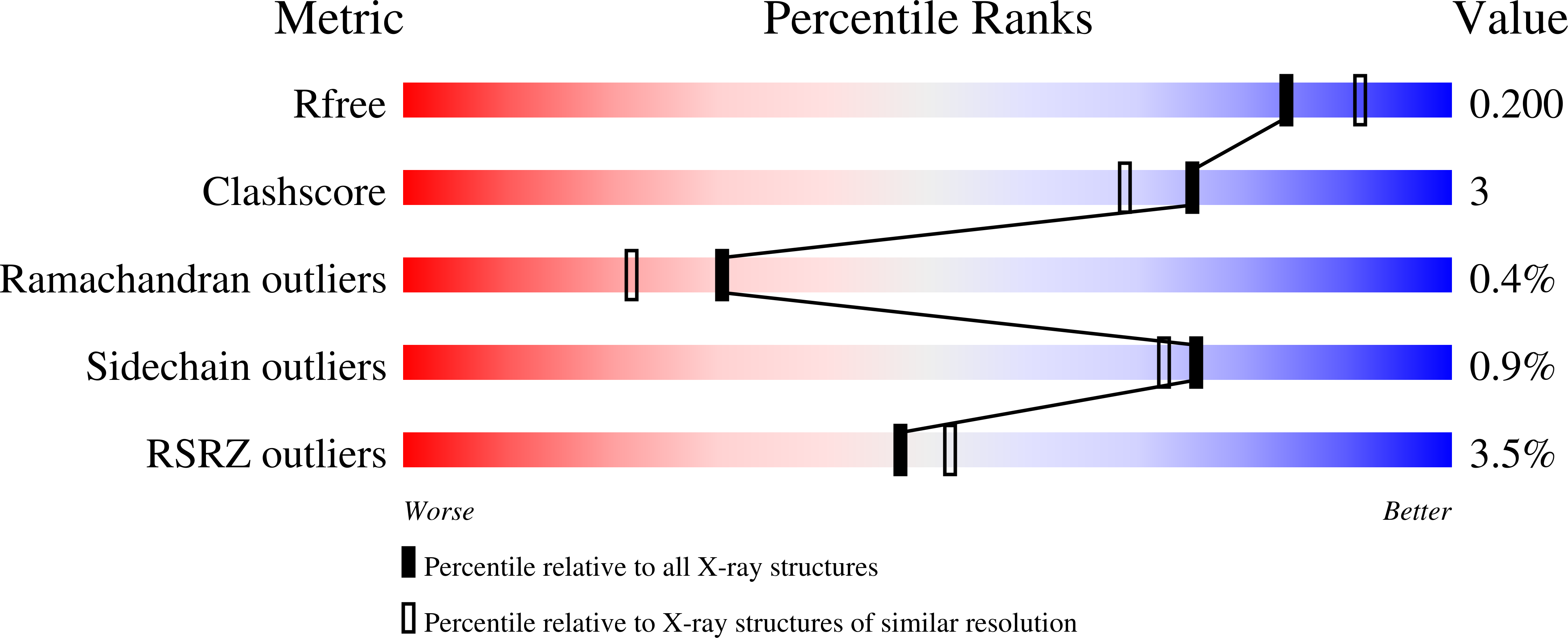
Deposition Date
2024-01-18
Release Date
2024-11-20
Last Version Date
2024-11-20
Entry Detail
Biological Source:
Source Organism:
Bradyrhizobium (Taxon ID: 374)
Homo sapiens (Taxon ID: 9606)
Homo sapiens (Taxon ID: 9606)
Host Organism:
Method Details:
Experimental Method:
Resolution:
1.94 Å
R-Value Free:
0.19
R-Value Work:
0.17
R-Value Observed:
0.17
Space Group:
P 43


